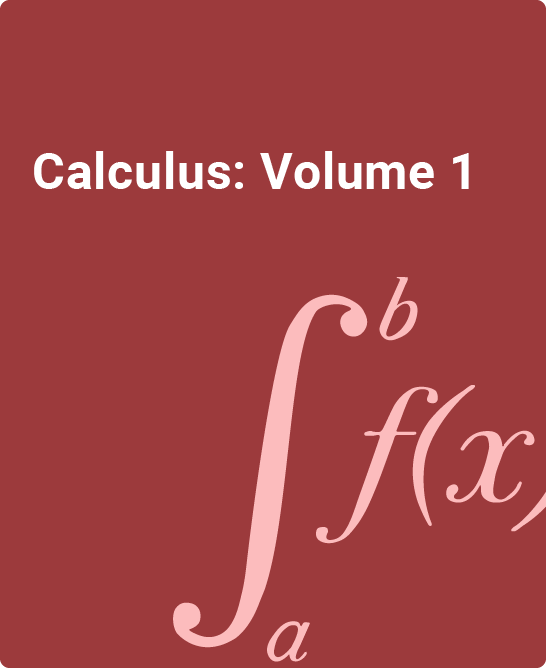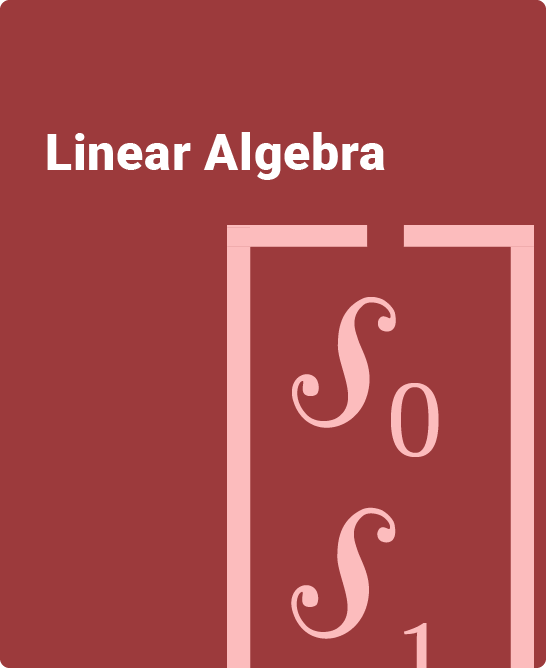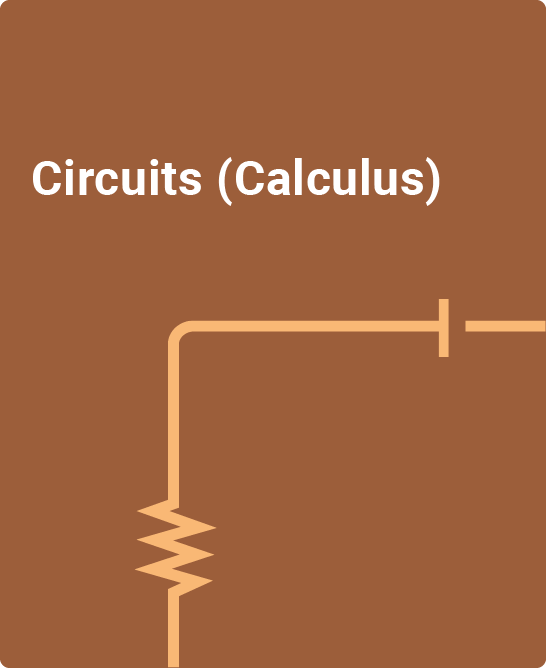Table of Contents
1. Functions and Graphs
1.1 Introduction
1.2 Basic classes of functions
1.3 Trigonometric functions
1.4 Inverse functions
1.5 Exponential and logarithmic functions
2. Limits
2.1 A preview of calculus
2.2 The limit of a function
2.3 The limit laws
2.4 Continuity
2.5 The precise definition of a limit
3. Derivatives
3.1 Defining the derivative
3.2 The derivative as a function
3.3 Differentiation rules
3.4 Derivatives as rates of change
3.5 Derivatives of trigonometric functions
3.6 The chain rule
3.7 Derivatives of inverse functions
3.8 Implicit differentiation
3.9 Derivatives of exponential and logarithmic functions
4. Applications of Derivatives
4.1 Related rates
4.2 Linear approximations and differentials
4.3 Maxima and minima
4.4 The Mean Value Theorem
4.5 Derivatives and the shape of a graph
4.6 Limits at infinity and asymptotes
4.7 Applied optimization problems
4.8 L’Hôpital’s rule
4.9 Newton’s method
4.10 Antiderivatives
5. Integration
5.1 Approximating areas
5.2 The definite integral
5.3 The fundamental theorem of calculus
5.4 Integration formulas and the net change theorem
5.5 Substitution
5.6 Integrals involving exponential and logarithmic functions
5.7 Integrals resulting in inverse trigonometric functions
6. Applications of Integration
6.1 Areas between curves
6.2 Determining volumes by slicing
6.3 Volumes of revolution: Cylindrical shells
6.4 Arc length of a curve and surface area
6.5 Physical applications
6.6 Moments and centers of mass
6.7 Integrals, exponential functions, and logarithms
6.8 Exponential growth and decay
6.9 Calculus of the hyperbolic functions
7. Appendix
7.1 Table of integrals
7.2 Table of derivatives
7.3 Review of precalculus
What You’ll Find In This zyVersion:
More action with less text.
- Brings OpenStax’s Calculus Volume 1 to life with numerous interactive items
- More than 250 participation activities: animations and learning questions
- Animations bring challenging concepts to life, help students visualize
- Learning questions engage students, walking them through concepts, explaining along the way
- Motivational applications cover important topics across a variety of disciplines such as biology, business, chemistry, and more
- More than 200 end-of-section exercises
The zyBooks Approach
Less text doesn’t mean less learning.
This product provides a highly engaging, interactive approach to learning calculus topics. Concepts are taught not just through text and figures, but also through animations and learning questions. Animations help students visualize and understand key concepts. Learning questions engage students, walking them through concepts step-by-step, with thorough explanations of not only right answers, but also of wrong answers (thus helping to break down common student misconceptions, which is needed to enable learning). A key benefit of interactivity is that students learn more, and come to lecture more engaged when points are given for completing the activities beforehand. A “zyEdition” like this one adds interactive items to a base textbook, in this case to OpenStax’s Calculus Volume 1. This zyEdition can also be mix-and-matched with other zyBook products, such as Algebra or Calculus, Volumes 2 and 3.



